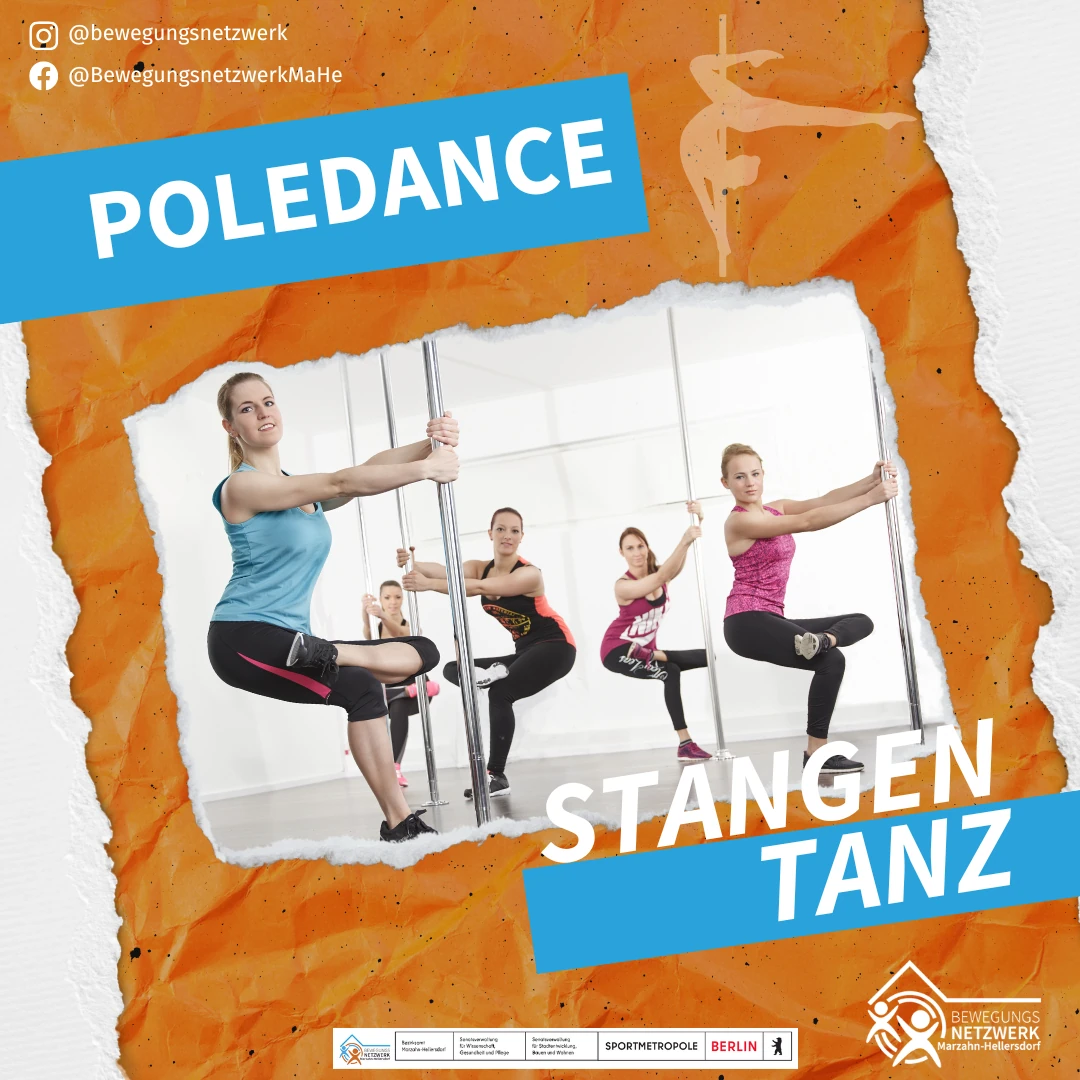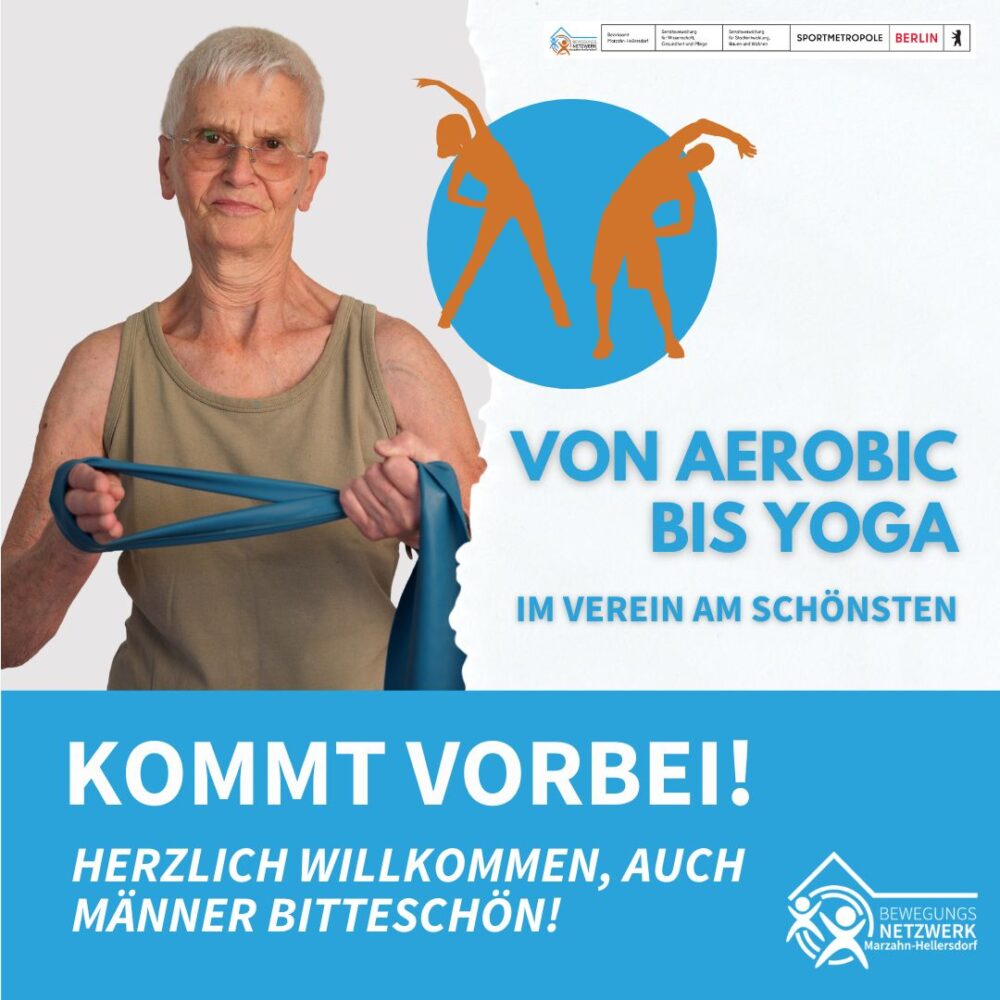This article introduces you to the acrobatically challenging sport of pole dancing. The term comes from the English language and translates as pole dancing. It is a form of dance and sport that is practiced both in circus arts and in gymnastics clubs. Pole dancing is performed on a fixed or freely rotating pole. In particularly artistic forms, several poles are also used.
History of pole dance
The origins of pole dancing come from Asia. Pole dancing, which is widespread today, developed from traditional Asian acrobatics, which were primarily practiced by men. The earliest records date back to the 12th century. They refer to the Indian sport Mallakhamb, which describes gymnastics on a pole made of wood.
At the beginning of the 20th century, pole dancing also became increasingly popular in the western world. In the traveling circuses of the USA, female artists in particular incorporated the poles of the circus tent into their performances. In the 1980s, popularity grew rapidly throughout North America and spread to the rest of the world. In the meantime, pole dancing has become a very popular recreational sport. Numerous fitness training and dance classes are offered throughout the country.
International competitions are held regularly. The International Pole Dancing Association is striving for recognition as an Olympic sport.
Special features of pole dancing
By using a pole when dancing, special figures can be performed that seem to defy gravity. In order to achieve this effect, the pure muscle power of the arms, legs or hands is used to generate such high contact pressure that the dancer does not slide to the floor at all or does so in a very controlled manner. Breathtaking overhead positions or violent rotations around the pole make this sport very complex and unique for spectators. In particularly artistic variations, several athletes perform on one pole. Loose or suspended poles can also be used.
For international competitions, the pole diameter is 45 mm, but can otherwise vary between 40-50 mm. The pole is made of polished pole material or cast iron and is available in different versions. Versions that are quick to set up and dismantle can be purchased for around €400.00.
A certain amount of experience and physical fitness is required to practise pole dancing safely and aesthetically. The upper body and pelvic area in particular are strengthened because the entire body weight has to be held and supported at times during gymnastics. A soft surface is recommended during training to reduce injuries from falls. The friction of the skin on the pole can cause abrasions and minor bruising. To increase the grip on the bar, magnesia, which is familiar from gymnastics, is sometimes used.
Pole dance in Berlin
There are now several dance schools and fitness studios in Berlin that offer pole dance classes. In Marzahn-Hellersdorf, for example, there is the EEE sports studio in Oberfeldstraße.





